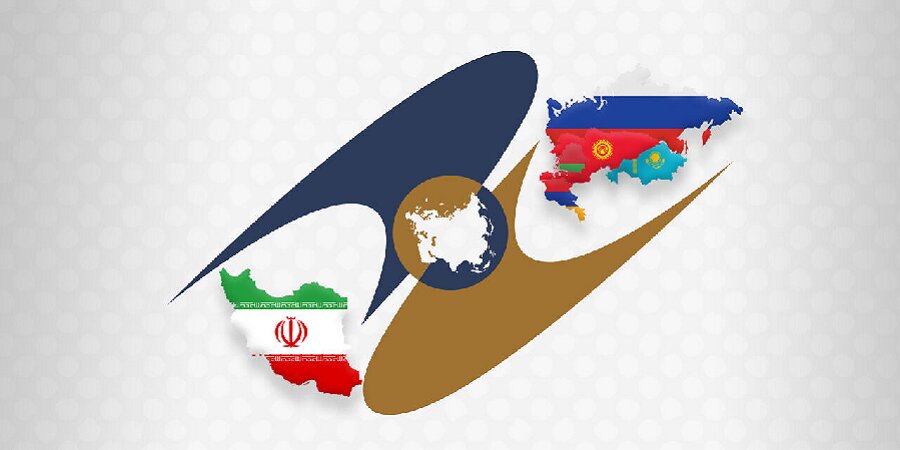FTA with EAEU, a turning point for Iran’s trade

After several years of negotiations, Iran and Eurasian Economic Union (EAEU) finally reached a free trade agreement (FTA) in 2018 based on which about 862 commodity items are subject to preferential tariffs.
The interim agreement enabling formation of a free trade area between Iran and the EAEU was signed on May 17, 2018 and officially came into force on October 27, 2019.
Iran is a very important market in the region and development of ties with this country is of high significance for the EAEU members (Russia, Belarus, Armenia, Kazakhstan and Kyrgyzstan).
The free trade agreement between Iran and this union has laid the ground for the expansion of trade ties between the two sides.
Iran signing the agreement with the bloc has increased the country’s exports to the EAEU member states significantly, which is a turning point for the Islamic Republic to boost its export under the sanctions time.
According to the official data, Iran’s exports to EAEU countries has climbed 216 percent in value and 522 percent in weight during the first nine months of the current Iranian calendar year (March 21-December 21, 2019) from the same period of time in the past year.
As reported, the country has exported 783.2 million tons of commodities worth $454.3 million to Russia, Belarus, Armenia, Kazakhstan and Kyrgyzstan during the mentioned nine-month period.
Iran-EAEU free trade agreement is also an opportunity for Iran to reach its goal of boosting exports to its neighbors, something that the country is seriously pursuing.
The report on Iran-EAEU nine-month trade indicates that among the EAEU members, Iran’s highest growth of trade has been with its neighbor Armenia, as the country’s export to Armenia rose 169 percent and its imports from the neighbor increased 49 percent during the mentioned period of time.
According to the head of Iran-Armenia Joint Chamber of Commerce and Industry, Iran’s agreement with the Eurasian Economic Union has had a significant impact on the country’s trade relations with Armenia.
Hervik Yarijanian said last month that the two sides are applying tariff discounts offered based on the agreement and there has been no problem in this regard.
According to the official, the volume of trade between the two countries has witnessed an outstanding rise since the agreement became effective in last October.
“Turkey used to dominate the Armenian market, but now the Iranian products are much cheaper than the Turkish ones, which has given Iran a competitive advantage,” Yarijanian noted.
The agreement’s fruitful effects are also considerable in Iran’s trade with its other neighbor, Russia, and as the head of Iran-Russia Joint Chamber of Commerce, Hadi Tizhoush Taban, is anticipating the value of trade between the two neighbors can hit $2 billion by the end of current Iranian calendar year (March 19, 2020) which will be 17.5 percent higher than the figure of the previous year.
While the FTA has facilitated Iran’s trade with EAEU member states, it should be considered that it is a limited agreement valid for three years, so traders should take the most advantage of the current condition.
Although, the interim agreement is planned to come to a fully-functional agreement between the EAEU and Iran, as the minister for trade of the Eurasian Economic Commission has said that the temporary agreement between Iran and EAEU can be turned into a permanent one after three years.
Making the remarks during a seminar on Iran’s trade and cooperation with Eurasia held in Tehran on December 1, 2019, Veronika Nikishina also expressed the willingness of the union’s member states’ businesspeople for trade with Iran and said, “They were interested in trade with Iran even when there was not such a trade agreement on reduction of tariffs, in a way that the exports of Iranian products to these countries rose 27 percent in 2018.”
The interim agreement has created a good opportunity for Iran to expand its presence in the regional markets and if the country reaches a permanent agreement with the union, it can grab a foothold in the Eurasia region.
A permanent agreement can open a new chapter not only for Iran’s trade status but for its transit role in the region; therefore, while creating necessary infrastructure, the country should recognize the requirements and demands of the Eurasian target markets to meet them.
Leave a Comment